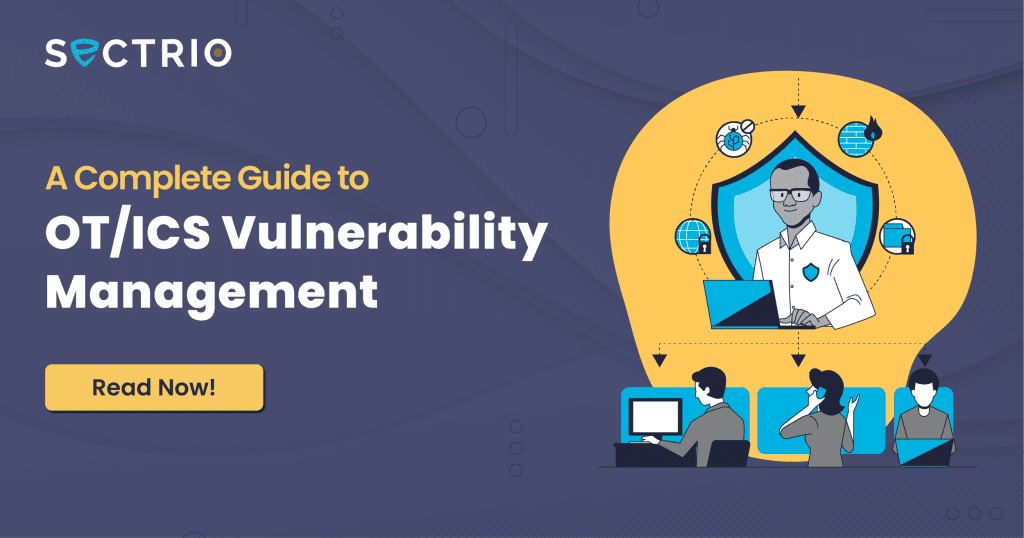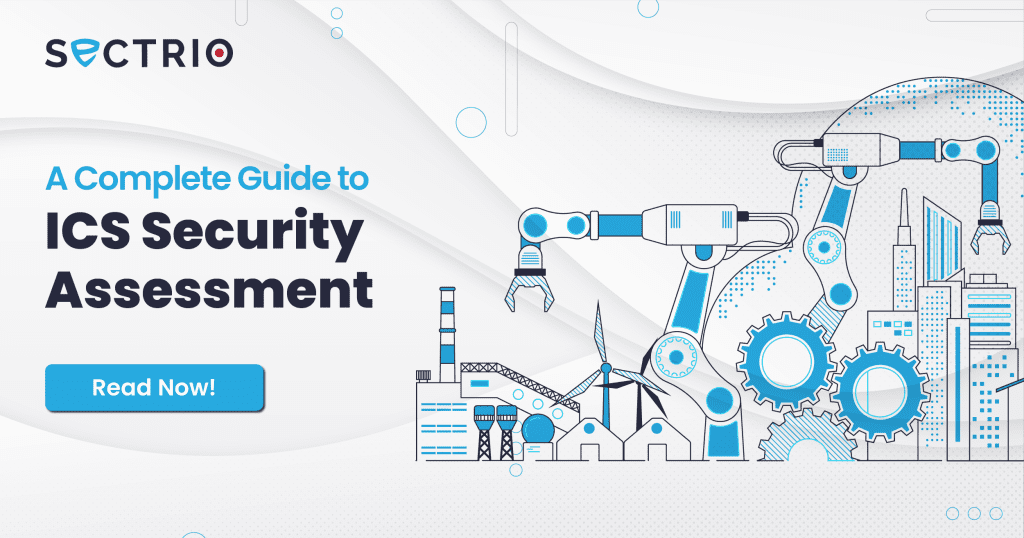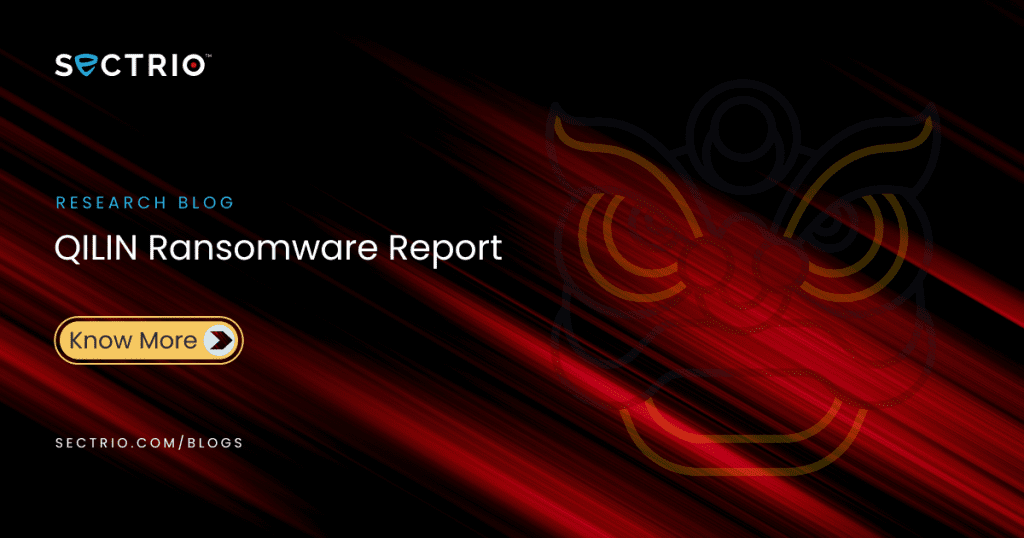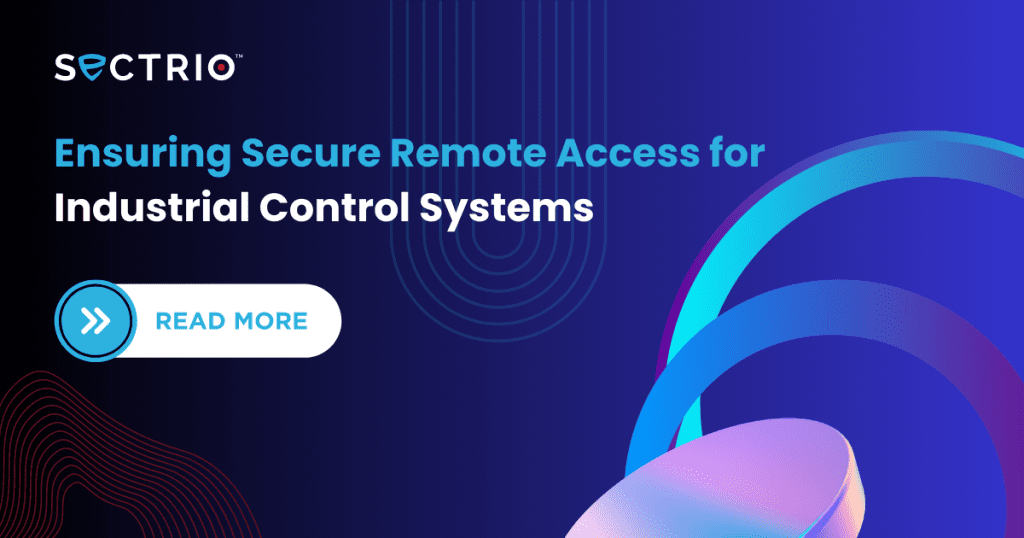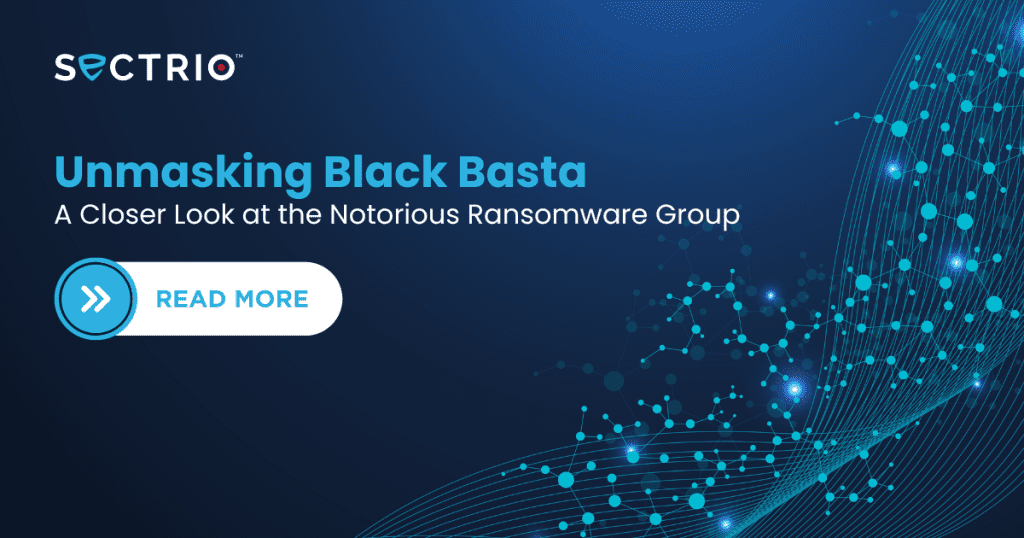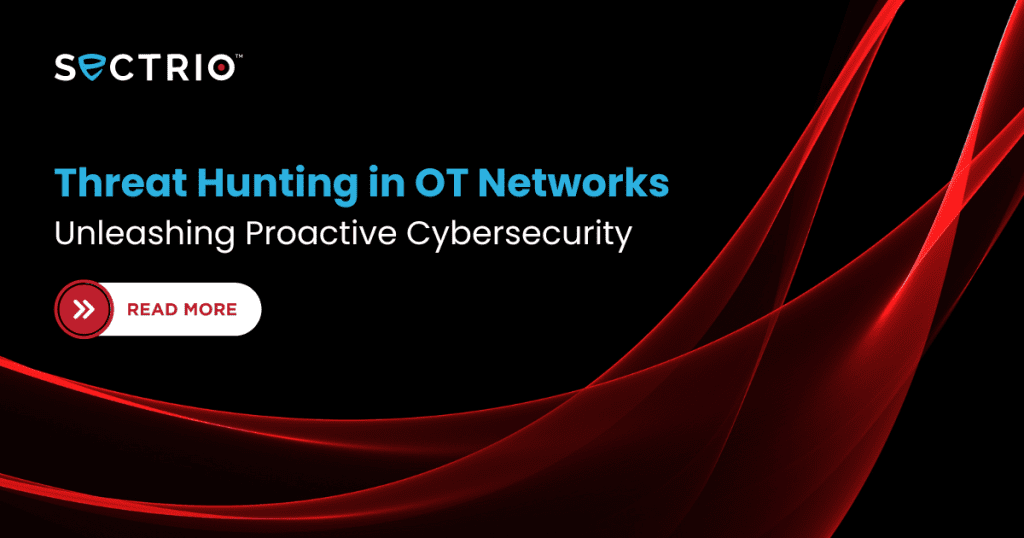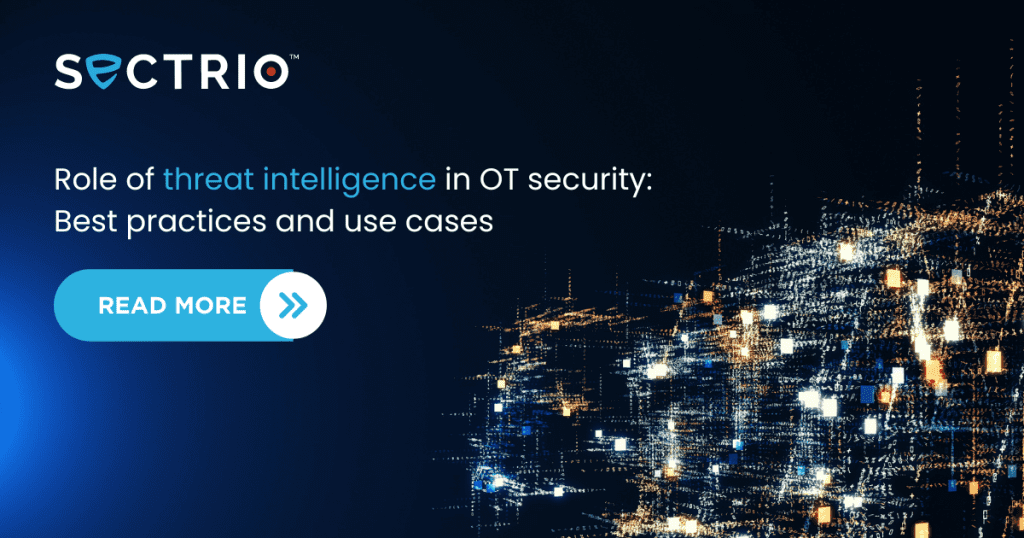OT Attack Path Analysis: A Comprehensive Guide
The convergence of Information technology (IT) and Operational technology (OT) networks, resulting in the exposure of OT networks to threats, paved the way for OT cybersecurity. OT is the use of hardware and software in critical infrastructure industries like, power, energy, water treatment, manufacturing, etc. Compromise to the security in these industries can result in cascading effects. To secure the safety of industries from cyberattacks, organizations come up with many solutions, with attack path analysis being one of them. What is attack path analysis? Attack path analysis is the graphical representation of pathways to crucial data in your organziation, which cybercriminals adapt to gain access. Through attack path analysis, organizations are structured to think the way a bad actor thinks. It is the simulation of ways used by attackers to implement mitigation strategies. With the help of attack path analysis, organizations can prioritize threats and take remediation measures accordingly. The need for attack path analysis A typical organization, on an average, has 11,000 exploitable security exposures in just one month. The need for attack path analysis cannot be emphasized more! The following are some more points to highlight the need: Increased spectrum of threats There has been an increase in the kinds of threats, and new ones also emerge every day. Every threat is based on some financial, political and other motives, and cybercriminals work toward the disruption of the OT systems to attain them. OT systems manage critical infrastructure, and as such, they are easy targets for attackers. This necessitates that you should keep the OT environment alert with an analysis of the possible path taken by hackers and other cybercriminals. The complexity of the OT environment OT environment is complex and depends on different devices, systems, and networks. With high interdependency, an attack on one could lead to devastating effects on the OT environment. With the help of attack path analysis, you can understand how attacks could surface and ways to tackle them. Some attacks may appear unrelated, but the analysis could lead to insightful findings that could save the organization thousands of dollars. Compromise due to insider attacks OT environments are greatly impacted by insider attacks, as people having access have immense technical knowledge and operational expertise to misuse them. This can be kept under check through attack path analysis. The exploration of ways insiders could use their expertise to scan through systems and exploit them helps to locate threats much before they could happen. This saves the organization from potential attacks that could otherwise be severe. Regulatory requirements Attack path analysis is also needed as a part of compliance with regulatory requirements. Industries with OT systems have certain mandatory requirements. This is required for data protection in view of the increased possibility of attacks on cybersecurity systems. Keep business operations on track There could be total mayhem when a successful cyberattack disrupts business continuity. This can potentially lead to a loss of several millions of dollars and negatively impact the business’s reputation. With attack path analysis, companies are always on the lookout for attacks, and this helps reduce downtime. The company can also bounce back easily when they are proactive and prepared with an assessment of security. Assess the priority of exposure In many organizations, security concerns that require attention are often overlooked. This is because there are too many assets on their network and identifying risks becomes difficult. This can be avoided with the help of attack path analysis. It helps analyze the priority of exposure of assets and thereby to be ready with protection mechanisms before an attack can surface. Visualize the way a hacker could think Seeing the attack paths like a hacker could provide complete visibility of the risks involved. It helps visualize the potential attack chains so that it is easy to understand the assets that could be targeted. Factors like host reachability, misconfigurations, vulnerabilities, etc., are all risk factors that can be correlated to help fix security issues. Steps to perform OT attack path analysis A series of steps, as listed below, need to be followed for effective attack path analysis: 1. Definition of scope The scope and goals of your analysis must be laid down in clear terms. What are the OT systems, assets, etc., you want to analyze? What is the purpose of your analysis? These are some questions you should answer before you start. List out the possible vulnerabilities and attack vectors that you wish to uncover through this analysis. This definition gives a proper direction to your activity. 2. Identify the critical systems There are several critical assets and systems in the OT environment that are exposed to threats. These should be identified so that the priority of threats can be ascertained. Threats need to be addressed in the order of their criticality so that the most crucial ones can be dealt with first. This can help an organization greatly as serious threats are easily identified and thwarted. 3. Mapping of the flow of data Data moves through multiple points, of which some may be prone to weaknesses. Mapping data flows can help locate the weak points so that they can be addressed. Understanding the flow of data enables the identification of paths attackers may emerge from. 4. Identify threats and vulnerabilities You should conduct a vulnerability assessment and threat analysis that is specific to the OT environment. This helps identify the various weaknesses and probable impacts they could cause. Timely assessment is an important step as it prevents attacks from happening and thereby maintains business continuity. 5. Assess the attack vectors An attack vector is the pathway attackers enter the OT environment. They could be credential theft, malware, social engineering attacks, insufficient protection, etc. Analysis of the attack vectors helps identify ways to avoid them. For example, the data and network access of every employee have to be assessed to prevent insider attacks. 6. Identify the attack scenario The mode of operation that the attacker might opt has to be defined. All paths that
OT Attack Path Analysis: A Comprehensive Guide Read More »



